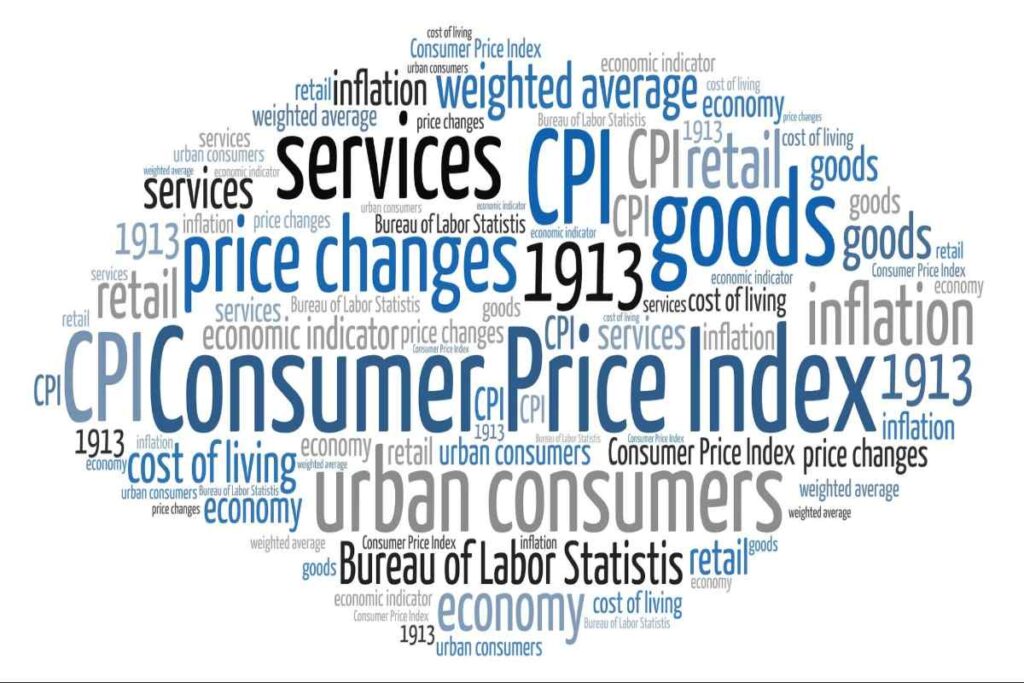The consumer price index (CPI) is a metric for assessing the cost of goods and services and its corresponding effect on consumers.
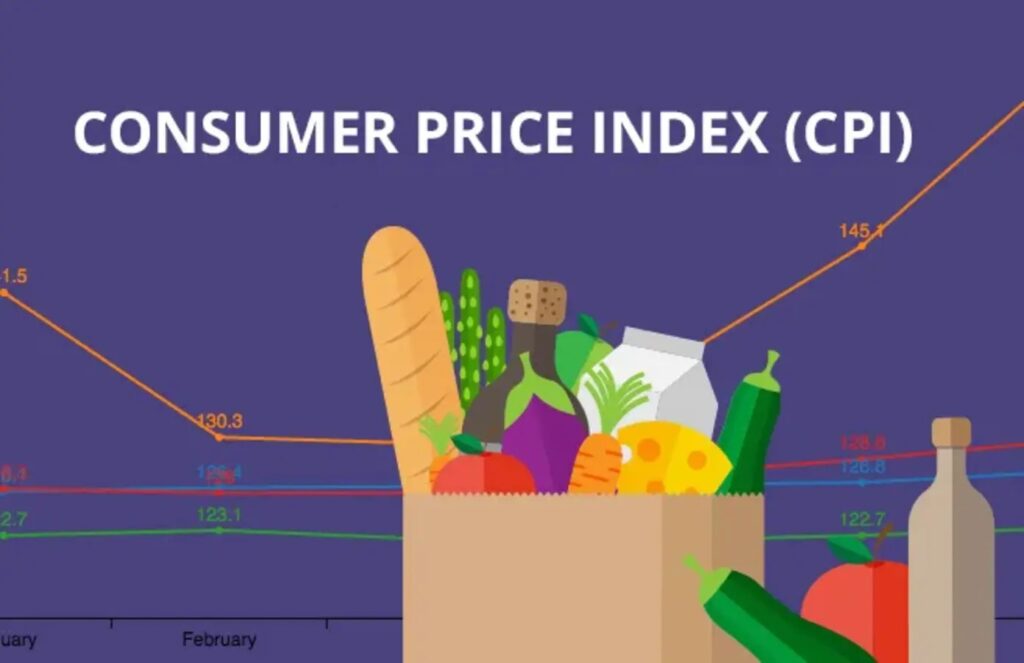
The CPI rose by 0.4% in February compared to the previous month. Calculations on the annual changes in CPI indicated that it increased by 3.2%, in contrast to what applied in February 2023.
The Prophetic Siblings: CPI and Inflation Rates
In isolation, CPI figures may not tell much about the economic realities of a nation. However, it is a meniscus that can help economists estimate the impact of inflation on the economy.
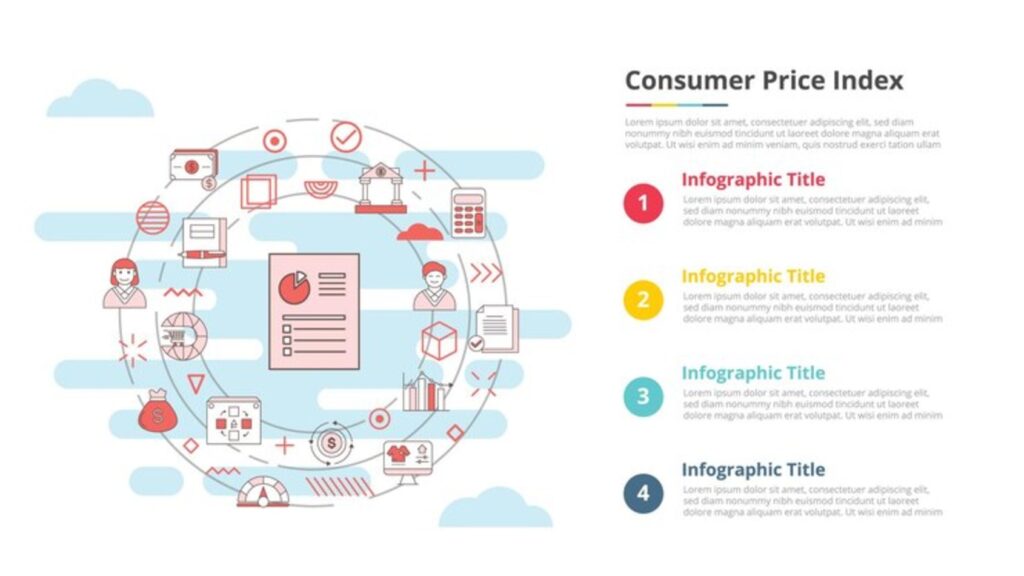
True to this assumption, the Federal Reserve has revealed that, similar to the national CPI, inflation also rose significantly in February. So, regulated interest rates will have to continue the high streak for a little longer.
Comparisons Between Estimates and Reported Figures
The Bureau of Labor Statistics made the reported CPI data available. The data has cemented economists’ projections that the Federal Reserve may need to wait until summer before loosening the noose on interest rates.
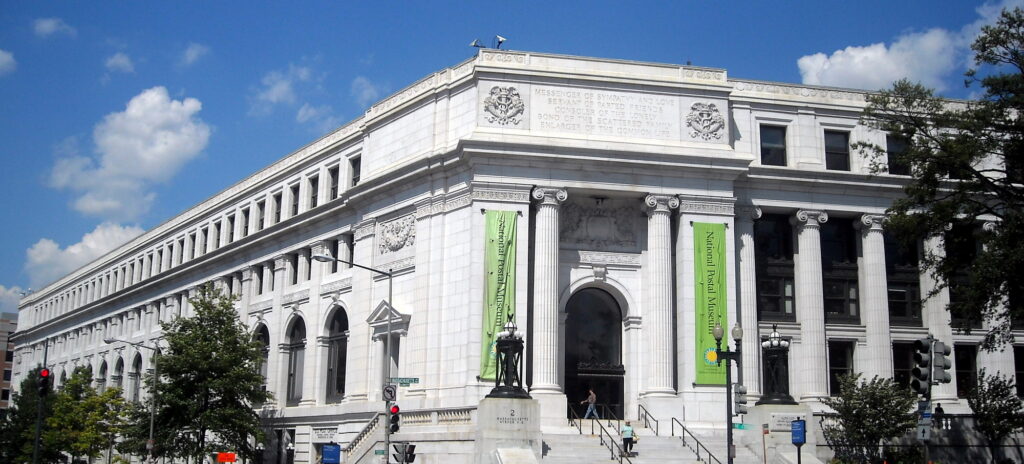
The Labor Department found the actual CPI figures for February fairly similar to the Dow Jones monthly estimates. However, the annual forecast was off by a few points.
CPI is On an Upward Streak
Food, energy, and other utility prices have increased thanks to rising inflation. However, if these are stripped from the CPI calculations, we get an index called the ‘core CPI.’
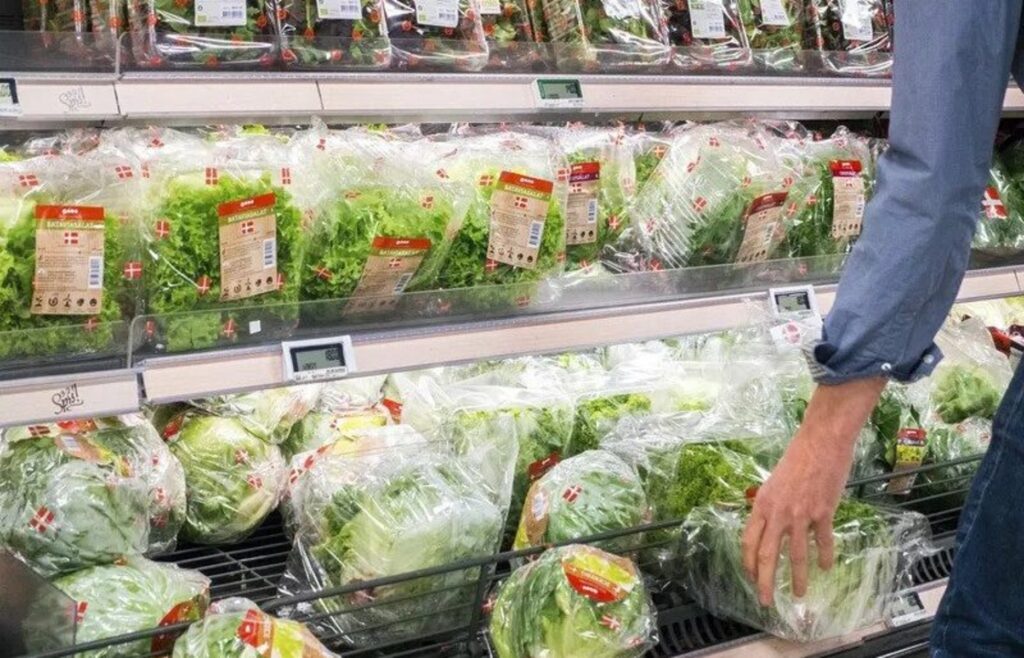
The monthly calculations for core CPI rose by 0.4%, while the annual comparison rose by 3.8%. The core CPI is a better predictor of inflation trends.
Economists Break Down the CPI Data
Economists like Eric Winograd affirm that the significant rise in the month-over-month and year-over-year CPI is largely due to volatile items. These products don’t have a consistent trend on the consumer list.
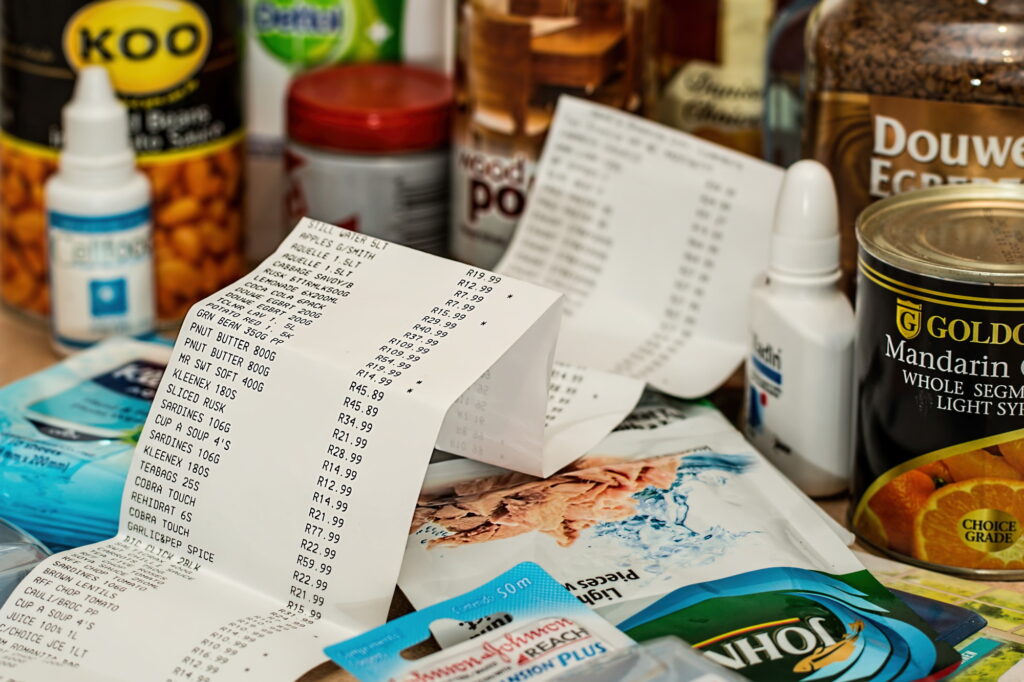
According to Winograd, who works with AB, the CPI report is “a disappointment, but not a disaster.”
How Volatile Products Impacts CPI Figures
Aside from the wearing grind of inflation, some of these volatile items seem to have peak and off seasons. Clothing articles, for example, spiked in price after three months in the troughs, resulting in a 0.6% rise.
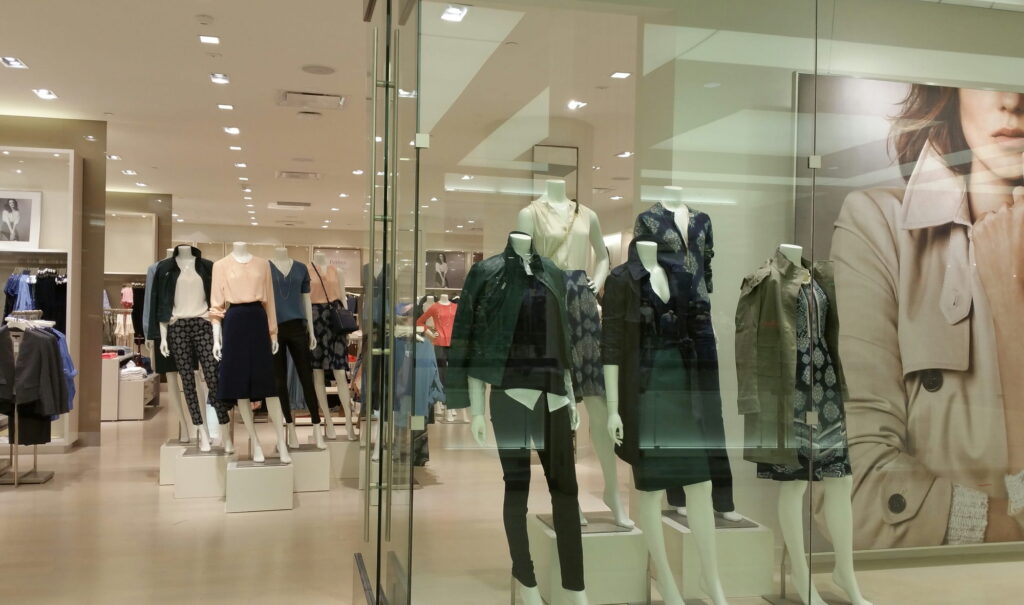
Gas prices increased by 3.8% between January and February. Likewise, airfares increased by 3.6%, following the milder increases from two months before.
Housing Prices Have Staved Off, With High Mortgage Rates
One item that eased off with keeping pace with the climbing inflation is housing. In January, the cost of housing and rent increased by 0.6%. However, between January and February, the cost of real estate dropped to 0.4%.

Economists pointed to the real estate industry as a significant influence on easing inflation, according to March data reported by the central bank.
Get a New Car for Cheaper
Another milestone acquisition reported in the CPI data is the price of new cars. The data infers that more cars are finding their way into dealerships, increasing supply at a higher rate than demand.

So, new cars were 0.1% cheaper in February than they were in the previous month. Groceries, on the other hand, remained relatively the same.
Federal Reserve is Careful Not to Cut Rates Too Early
While the CPI figures reported in February remained high, economists are optimistic that inflation would come down and maintain a steady trend before the year runs out.
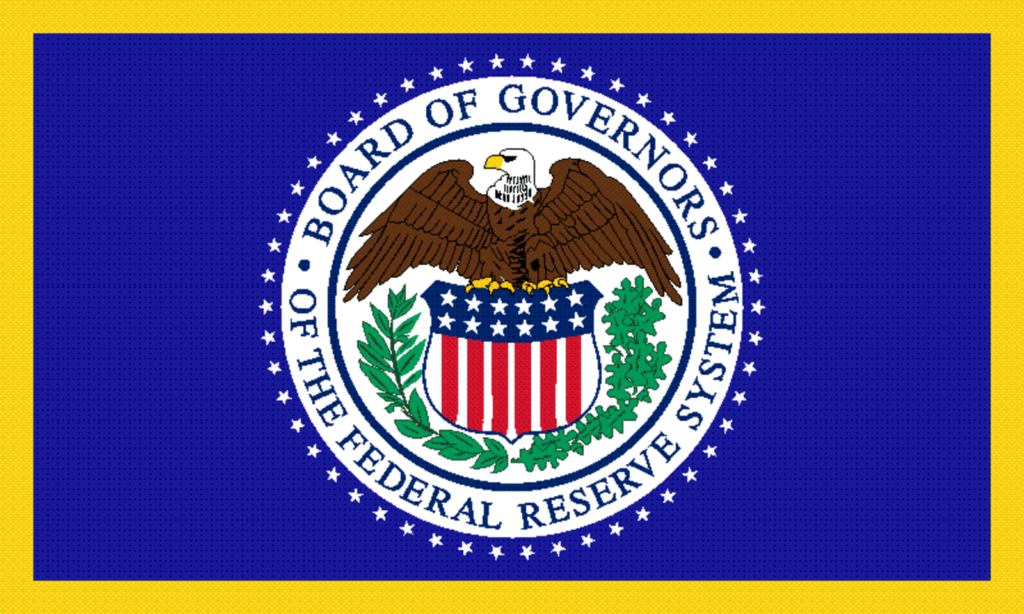
However, increases in inflation in the first two months of the year seem to justify the Federal Reserve’s reservations about stopping interest rate regulation. The apex bank wants to ensure stability before making major policy changes.
The CPI Data Will Undoubtedly Drive Political Sentiments
Interestingly, the CPI data has far-reaching effects compared to the volume of groceries our income can put in the pantry. It also influences the political preferences of American voters.
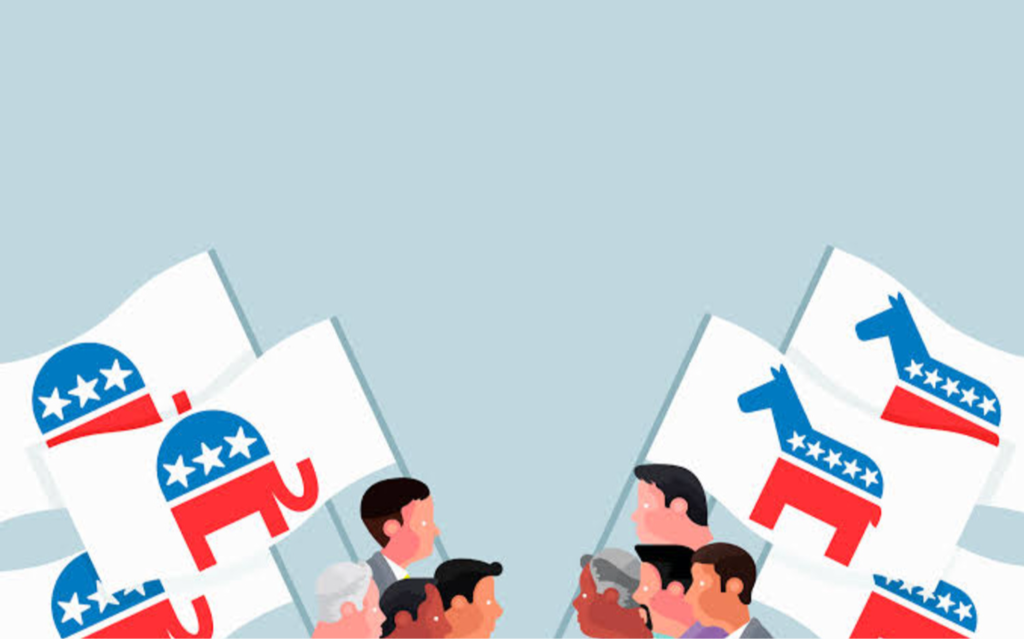
Opinion polls reveal that many Americans feel Biden is to blame for the price increase of consumer products. Although unemployment is low and returns on stock investments are quite high, the pressures of inflation have seared many hearts.
President Biden Defends Himself Over Inflation Comments
During a State of the Union address in March, President Biden itemized his administration’s efforts to put inflation on leach. Top on the list is the decision to cap the price of insulin for Medicare patients.
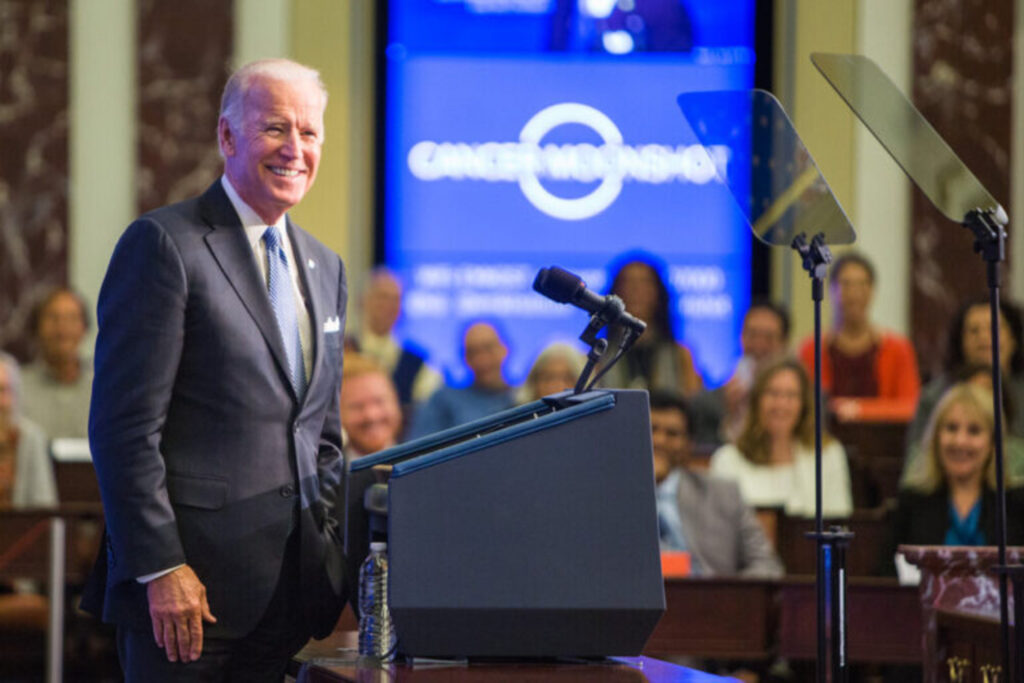
Also, Biden made it a point to beam the spotlight on entities that are making the fight against inflation somewhat difficult.
Price Gouging and Shrinkflation Making It Difficult To Curb Inflation?
First, Biden accused large companies of “price gouging.” For the uninitiated, this involves fixing prices of services or goods for way higher than they are actually worth.

The president also accused some manufacturers of “shrinkflation.” This is a coping mechanism some companies adopt, which involves shrinking product qauntity instead of hiking prices.
Manufacturers Are Making Buyers Pay
Biden states, “Too many corporations raise prices to pad their profits, charging more and more for less and less.” Some Americans have also confirmed the president’s shrinkflation claims.
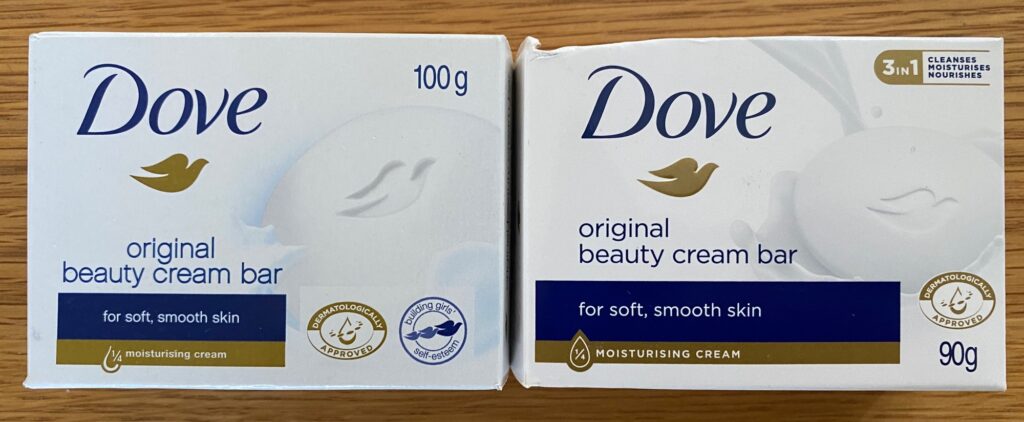
For example, Rob Considine claims to have noticed the shrinkflation trend in a handful of consumer products, such as soap, shampoo, and deodorant.
How To Break Even Without Breaking Bad
However, Considine was objective enough to admit that businesses are not charities. So, they have to find a way to break even, either reducing product quantity in the face of rising production costs or watering down the quality.
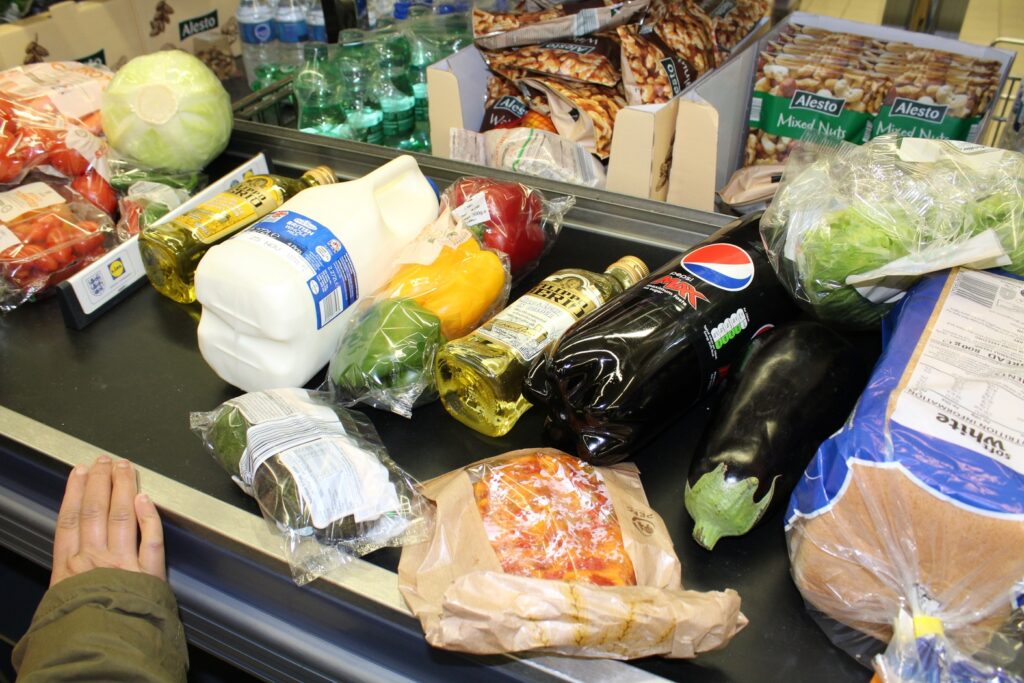
Considine concluded his submission by saying, “I don’t know how the government can set a price for a commodity like that without affecting it in the long run.”
How CPI and Inflation Crashed Since After the Pandemic
In the past four years, inflation was at its highest, 9.1%, in June 2022. The CPI for the same timelapse was highest in that same month, at 1.2%.

It is a long way downhill from those high metrics, as inflation and CPI fell significantly last spring and summer.
Pandemic Disruptions to Supply Chains Affected Several Companies
However, despite the sharp recovery of some industries, others are still struggling to make up for the significant hits suffered by supply chains during the pandemic.

Like the car dealerships cited earlier, electronics and furniture showrooms have surplus items. So, naturally, the prices of such items are starting to self-regulate.
The Price of In-demand Services Keeps Increasing
However, the price of some services does not show any sign of flagging. Consultations with specialists like dentists, plastic surgeons, and car repairmen have been getting more expensive since the pandemic.

Likewise, as the wages of certain essential service workers, such as nutritionists, doctors, and nurses, have increased, hospitals have shifted the burden to their patients.
Feds Explain Their Policy Changes to Congress
As all the manifold effects of high interest rates unraveled, the head of the Federal Reserve, Jerome Powell, had to explain the significance of the apex banks’ policies.
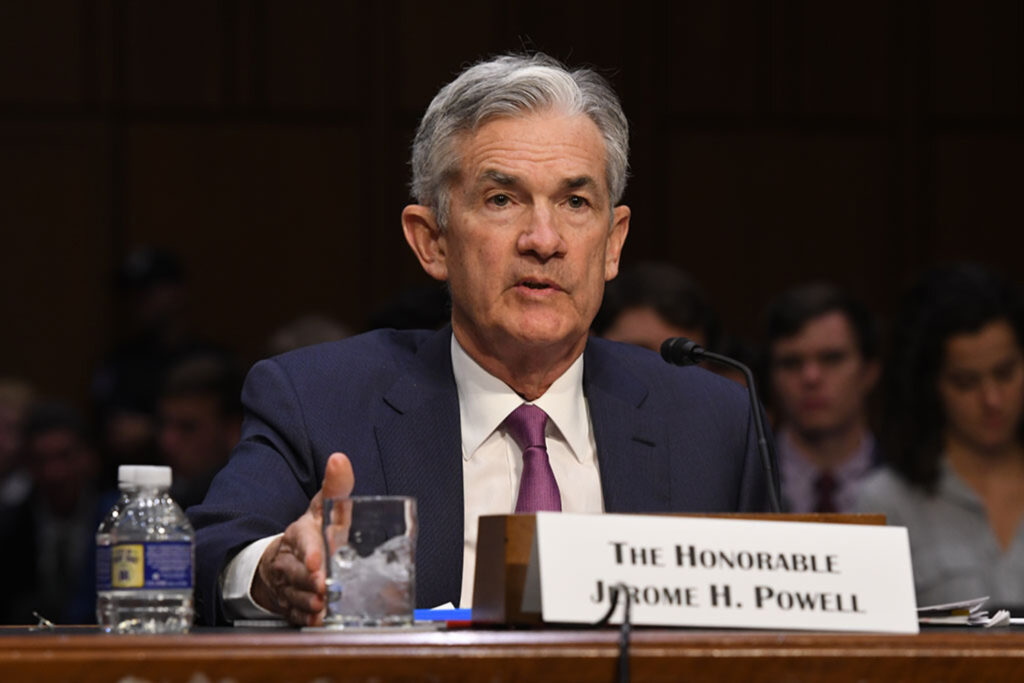
During a congressional testimony in March, Powell suggested that the light is getting greener so that the Federal government can cut rates. According to him, all the Feds need is a strong indication that inflation was falling steadily towards their 2% benchmark.
Consumers Are Becoming More Frugal and Selective
Also, with the higher prices being dolled out by manufacturers and the service sector, consumers are cutting down on their expenses. However, when they spend, they do so while seeking the cheapest alternatives possible.

So, the Feds anticipate that prices will fall significantly and inflation will decline soon.
Prices Should Keep Going Down
So, the Fed believes its rate regulation is yielding good results. It has limited the number of financial transactions by most consumers, resulting in fewer products and even services being sold.
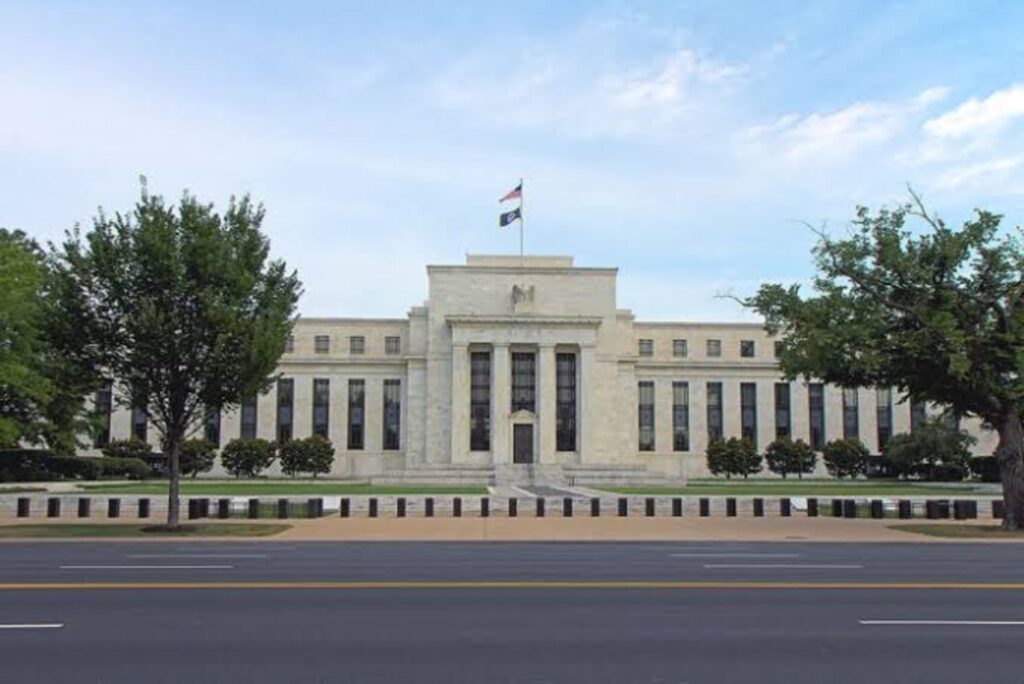
The glut on store shelves is causing prices to bulk and then drop. So, the Fed’s regulation of rates may become unnecessary by the end of the year.
Loan Rates Should Reduce When the Feds Review Their Policies
Indeed, many economists estimate that Feds may commence its phased withdrawal of rate regulation policies this June.

This would reduce the expense of borrowing to fund a business, servicing a credit card loan, signing a car loan contract, or buying a home on a mortgage. Hopefully, this would revive the nation’s economy, as Federal Reserve policymakers expected.
Manufacturers May Also Tone Off on Hiked Prices
With the prevailing economic realities, manufacturers are reviewing their price-boosting decisions. This coping mechanism was necessary for some companies due to the impact of supply chain disruptions during the pandemic.
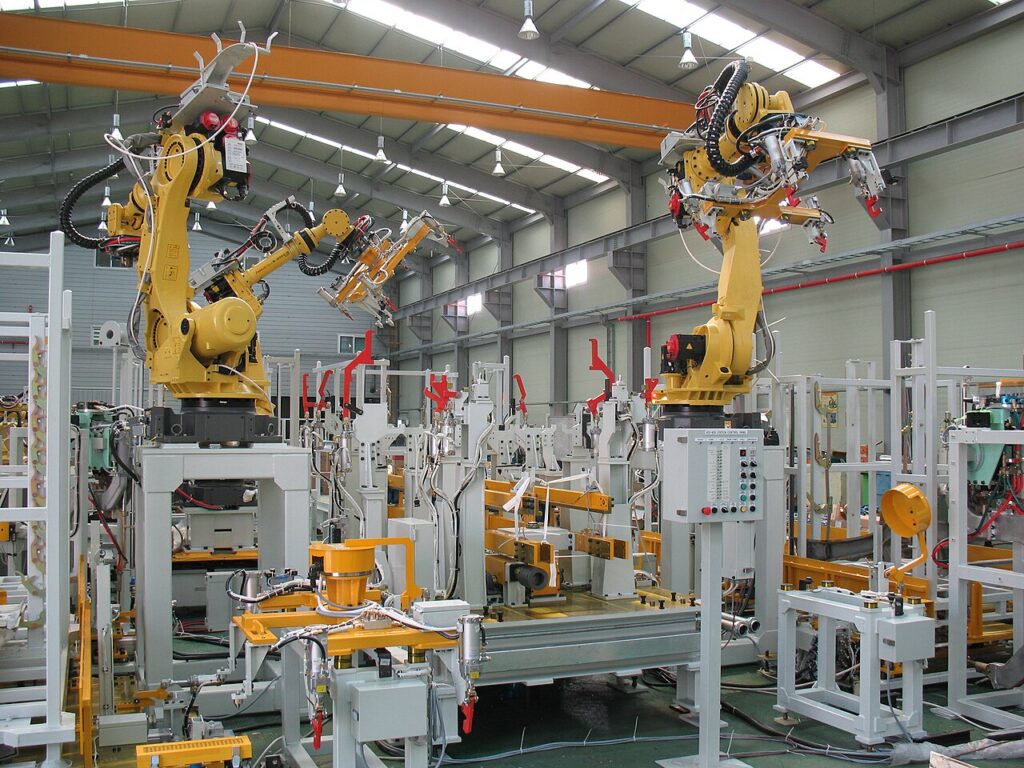
However, the bottlenecks are getting unclogged, and the pressure to hike prices is fading away. For example, Brad Wills of Schneider Electric said their product prices are returning to pre-pandemic levels.
Some Impacts of the Pandemic’s Economic Stress Are Not Directly Reversible
Still, Schneider Electric, a manufacturer of electrical supplies, is heaving under the weight of some financial burdens incurred during the pandemic.

According to Wills, Schneider had to relocate some of its manufacturing operations to the US during the pandemic. The company had most of its plants in Mexico, where it was way cheaper to manufacture their electrical fittings.
A Narrow Shave With Recession
Economists were watching for the onset of a recession in 2023, but thankfully, it never happened. These experts believe the Fed’s policies were instrumental in avoiding a recession and bringing inflation under control.

The policy changes caused the economy to expand by 2.5% in 2023, as reported by the Atlanta unit of the Federal Reserve. The improvement was all thanks to the steady increase in worker recruitment.
Employment Rates Promising
In February alone, the Labor Department reported the addition of about 275,000 new jobs. Also, unemployment rates have stayed below 4% in a record 25-months streak.
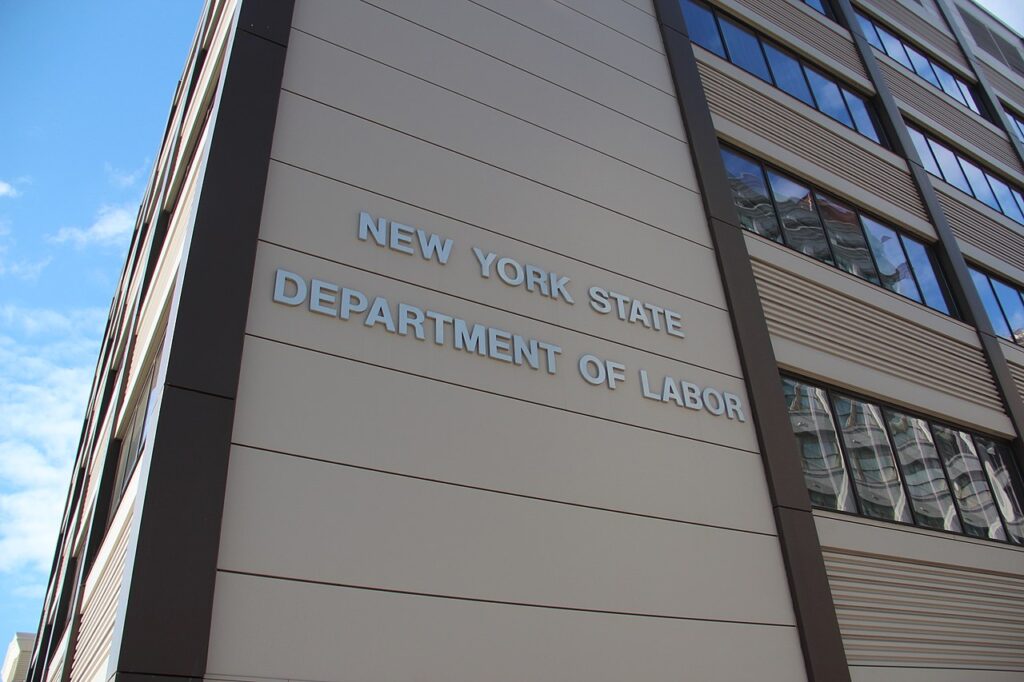
Many of these economic indicators may be the driving force behind the Fed’s eventual decision to cut the regulated rates. The economy is cooling off, and unemployment is steadily declining.

